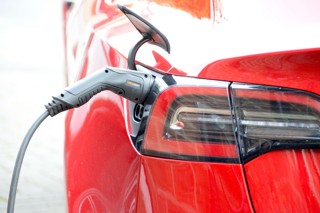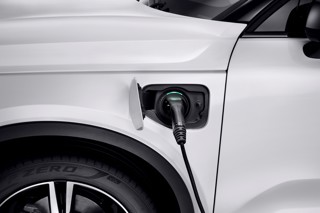Stephen Joseph, chair of Smart Transport
So after a long wait the Government has finally unveiled its plan to decarbonise transport. The main plan runs to 220 pages, and there are nine supporting documents, so absorbing it all will take time.
But some key themes can be seen.
First, the Government has repeated its commitment to end sales of ICE cars and vans by 2030, and hybrids by 2035. This gives businesses a timescale to work to, and the plan and supporting documents flesh out some of the details.
There are commitments to funding and installing charging infrastructure, with some specifics like six rapid charge points at every motorway service area by 2023. The workplace charging scheme is being extended to charities and SMEs, and from later this year all new housing will have to have charging technology installed.
Favourable company car tax rates for zero-emission cars are guaranteed until 2025 and zero- emission cars and vans will continue to pay no vehicle excise duty or van benefit charges.
Perhaps the big news in the document is that this approach is being extended to all other vehicles.
There is a target for all HGVs to be zero emission by 2040. The Government is consulting on dates to end the sale of new buses and coaches that aren’t zero emission.
The plan includes a lot of measures to change travel behaviour. Some just restate previous announcements on funding for cycling, walking and buses, but there are some new measures, notably a commitment to increase railfreight and its mode share.
Of perhaps most interest to businesses is the idea of a “commute zero” programme, which will work with large employers on measuring and, reporting commuting emissions and support the take up of lower carbon commuting. There is also a commitment to promote car sharing and increase average vehicle occupancy.
With all this though, a number of questions are ducked. The construction of new roads and runways continues, and Highways England itself is hardly mentioned, despite its £27 billion road programme.
The plan highlights the disparity between the cost of motoring, where fuel duty has remained the same for over ten years, and the cost of public transport which has increased significantly, but then says very little about what it will do to address this.
And perhaps the biggest elephant in the room is what the Government will do when fuel duty revenue plunges as EVs take over. Will this mean road user charging, some kind of per-mile charge? The plan only hints at it.
For businesses, then, the plan gives some certainty about destinations and in some cases how we will get there. But there are still a lot of uncertainties on the road to zero emissions from transport.





















Login to comment
Comments
No comments have been made yet.